Infrared Wedding Photography?
Why you should know about it.
Infrared photography refers to photographing the light spectrum closest to our normal ability to see, yet just beyond the visible light spectrum and our eye’s capabilities. When used by photographers this isn’t actually same as what the military uses. What they use is much further along the infrared spectrum then what we use for photography. We actually only use the beginning part of the spectrum called “near Infrared”. Aside from landscape photography, Infrared wedding photography is perhaps the most popular use of the medium because of the wondrous effects it produces.
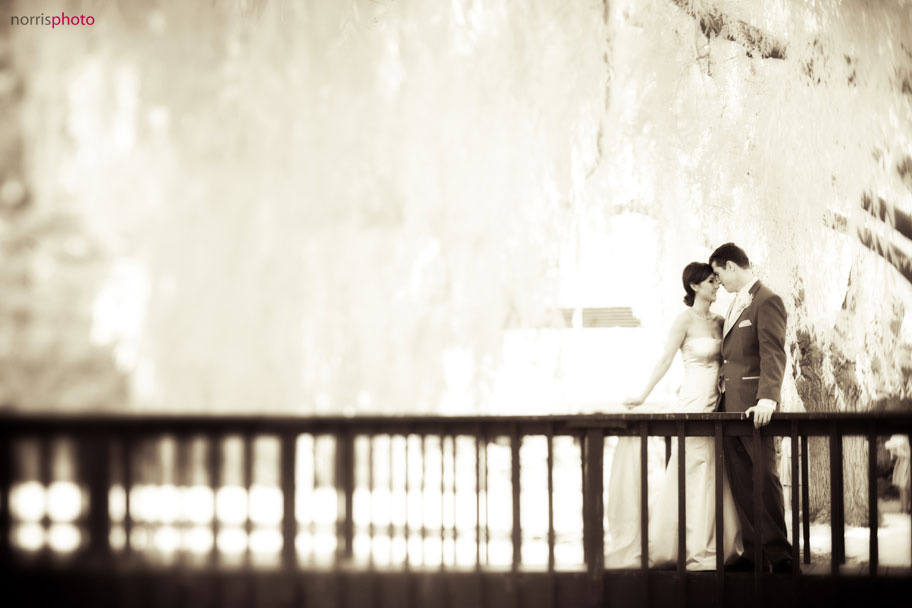
Since infrared photography captures images just outside the visible range, the images won’t have color and usually appear monochromatic: sepia, black & white with sometimes hints of color with epic vivid skies, ethereal white foliage and slightly translucent skin. These are all aspects that make infrared photography one of the most interesting and unique techniques for a photographic artist in the area of weddings.
What’s the difference?
Infrared Wedding Photography
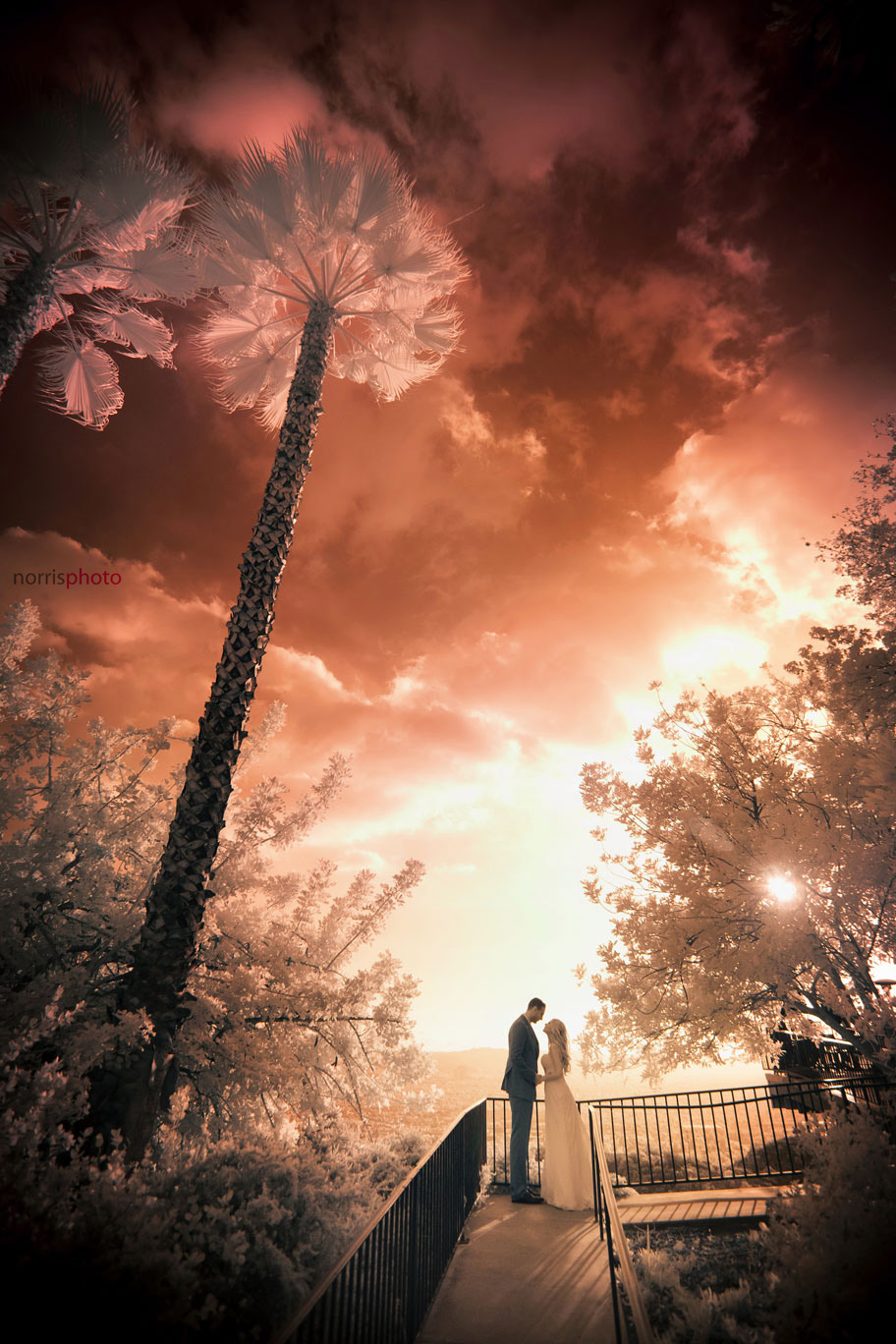
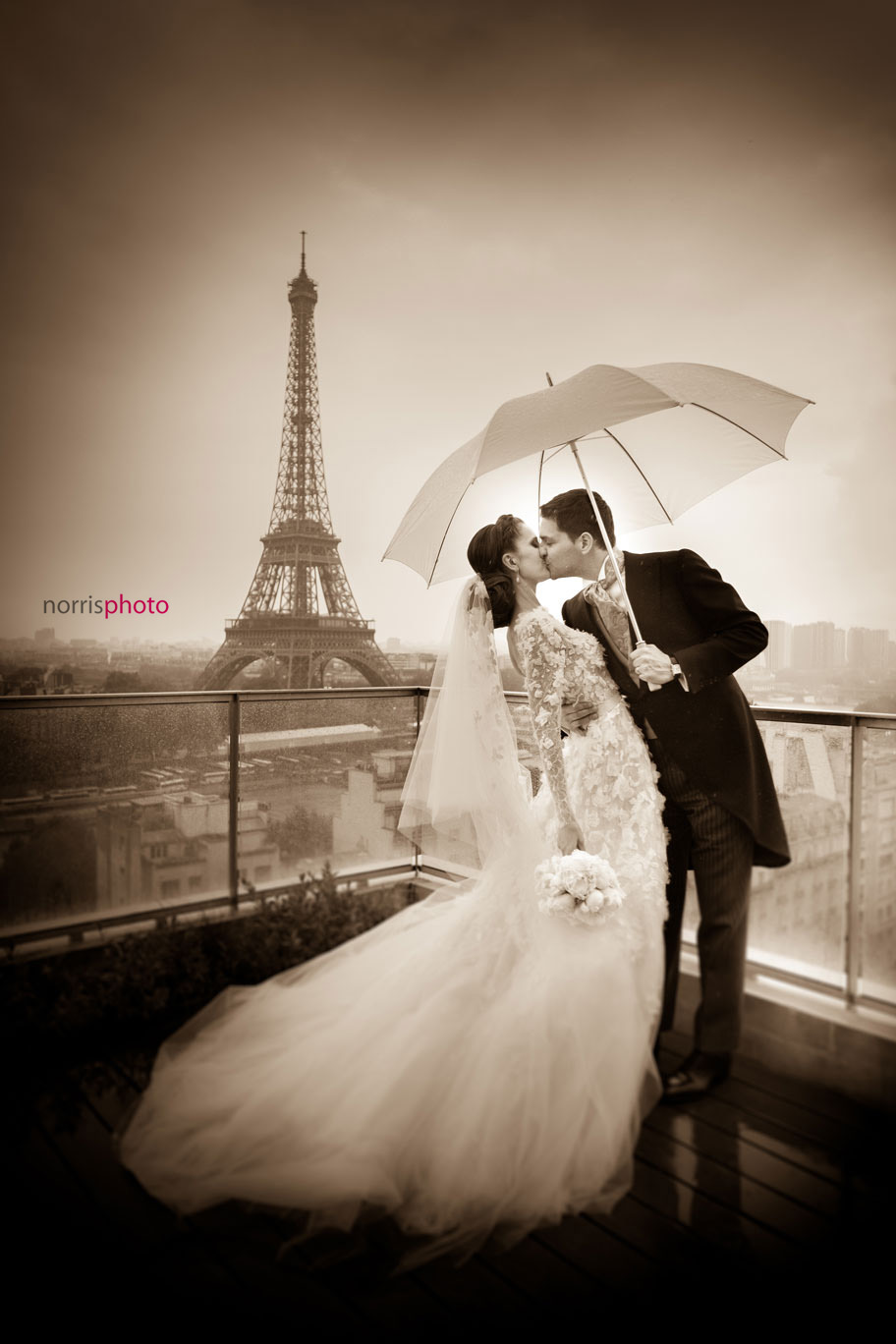
The skies appear dramatically more vivid in Infrared by removing the haze of the visible light spectrum. This means on a cloudy day that visibly just looks grey, when photographed in Infrared, you will be able to see definition in clouds that your eyes can’t normally see. Using infrared wedding photography can change a bland overcast day into something really special that you can’t find in the normal spectrum.
The most notable reason to use Infrared photography, is for how it sees living plants. No matter how dark green the plant, all living foliage will turn a snowy ghost-like white in Infrared. This adds a majestic ethereal quality to the images that simply is beyond compare and ideal for weddings. This can have the most impact for garden or forest weddings which come alive with a beautiful white glow.
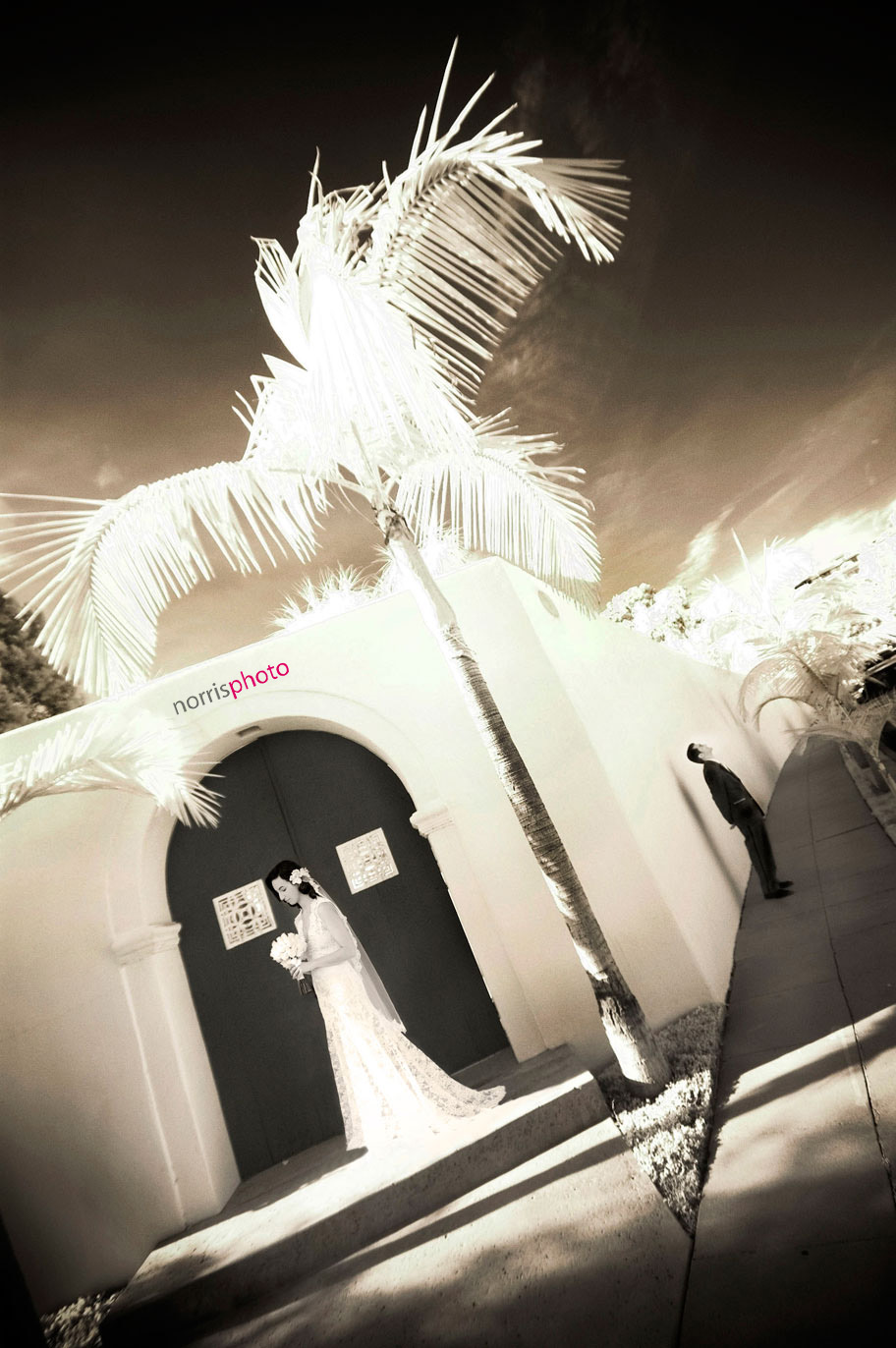
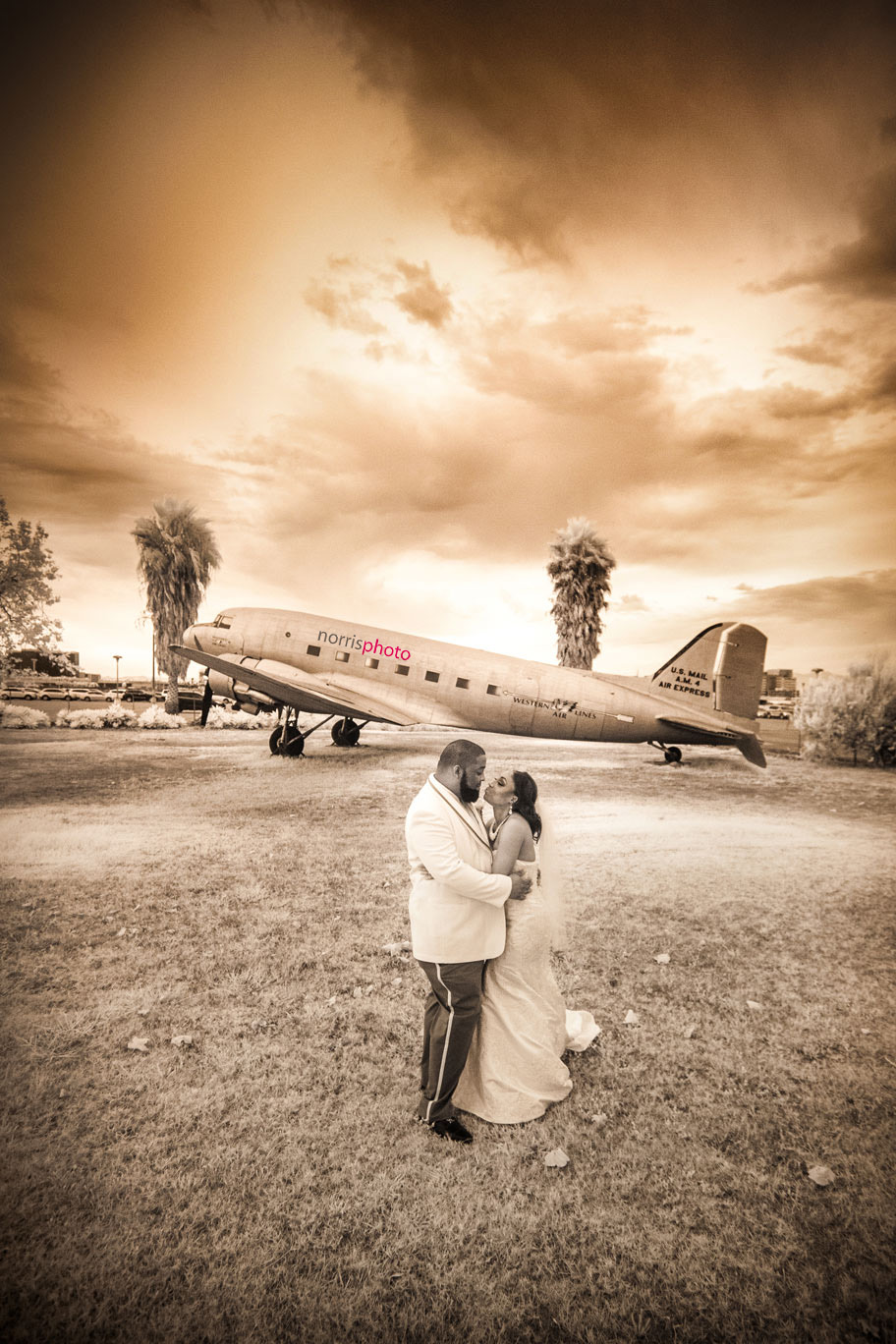
But when it comes to skin, it means skin can have a softer look to it, removing wrinkles and lines, however, it also means you can sometimes see a layer below the skin seeing more veins. Whenever, we shoot in Infrared, removing the veins just comes standard with the medium. But, also using a wide angle lens and keeping the subject in the distance, can add more beautiful natural landscape while at the same time reducing the amount of retouching needed on the image.
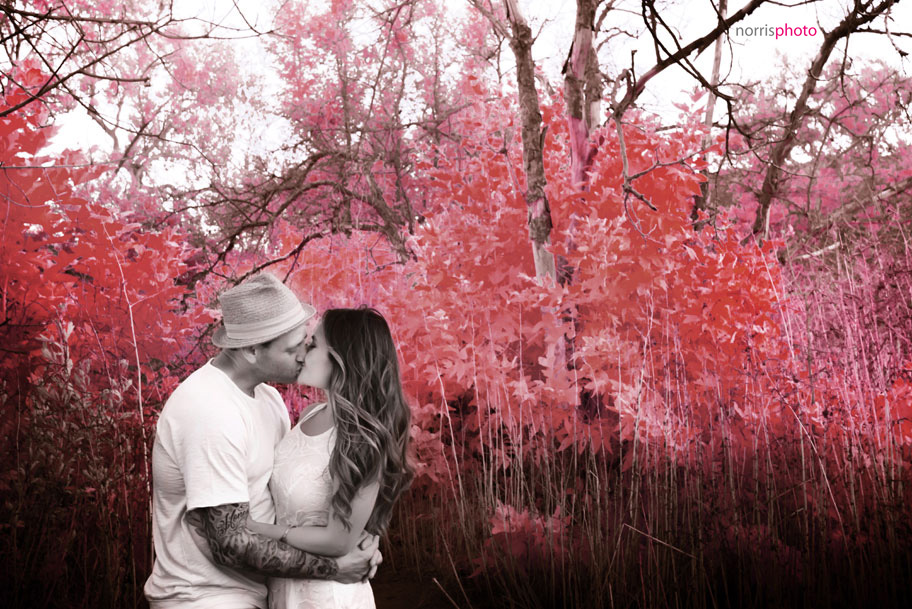
What about Infrared…
Why don’t more photographers do it?
If it’s so great, why isn’t infrared wedding photography more popular? The reason is simple, it is expensive! After spending upwards of 4k on a camera, the idea of converting it so that it can never again shoot anything other then Infrared can seam a bit much and working with the files can be a little tricky. Faking it in photoshop isn’t great but it is possible with a lot of work. For me, I personally prefer to shoot my images the way I want them with only minor tweaks rather then imagine what they can be later. In Infrared, the images captured are already very close to how they will appear when they are finished. Plus with Infrared, you get the ability to see the world as it really is from a unique perspective that humans usually don’t get to experience.
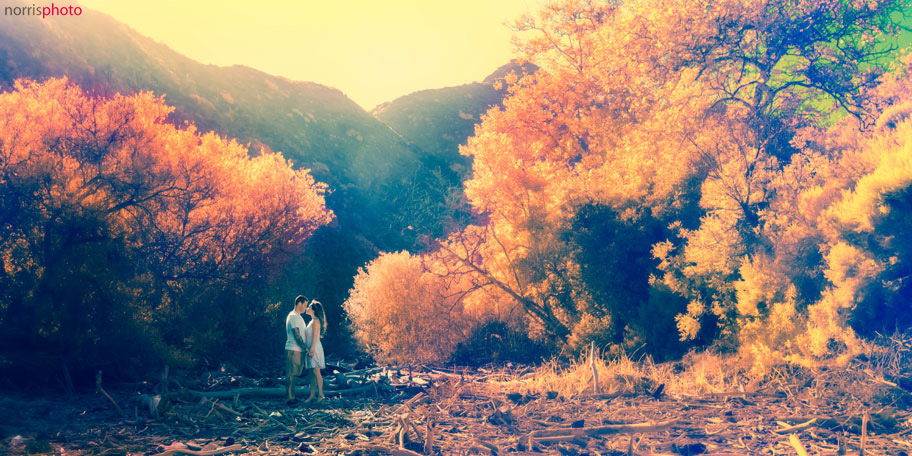
I personally have owned three Infrared digital cameras. I started with a Nikon d70 then moved to a Canon 5d and currently my favorite my Nikon D800E. Nikon cameras tend to be significantly sharper and better for Infrared than Canon. It has something to do with the difference in the focusing system between the two manufacturers (However, I use Canon for my day to day standard cameras because I prefer the skin tone and faster f1.2 lens series)
My conversions were all done by Lifepixel and they ran about $500 per body. My current conversion is Lifepixel’s SuperColor IR conversion which has the red & blue channels swapped so the foliage takes on a golden orange tone and sky a beautiful royal blue by default. It tends to be the most surrealistic, color infrared filter available giving me the option of going monochromatic or retaining some color for a little more artistic look.
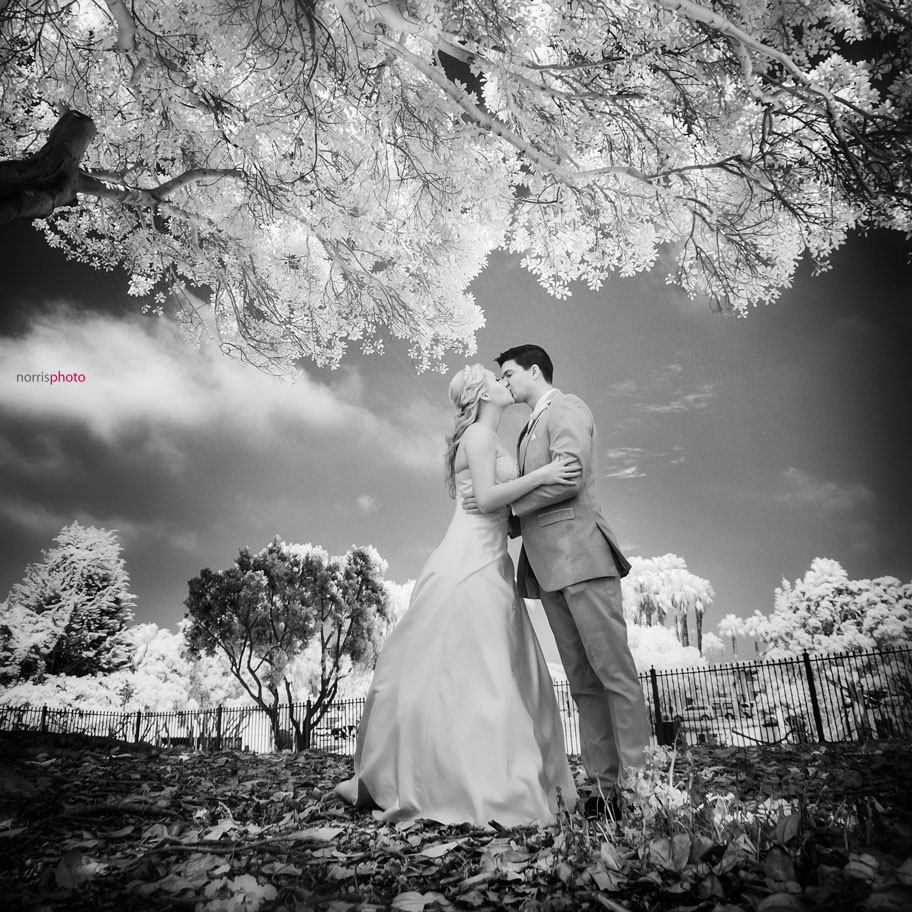
The conversion involves replacing the filter that is over the sensor limiting the camera to the visible light spectrum and changing it out for an Infrared one. It is something you could do at home, but I highly recommend against it. The lenses used with your Infrared camera will also have to be calibrated for the new color spectrum or they will not be able to focus properly. If you would like to read more about the process or history, check out this article on Infrared photography or this one on Infrared wedding photography put out by Lifepixel.
Historically, infrared was a popular tool with the leading wedding photographers back in the days of film. I got into this technique because my mentor shot infrared and encouraged me to as well. Since he was one of best wedding photographers in the world at the time and my sentimentality for the past, I choose to carry on the process of infrared wedding photography… and because it’s just awesome.
